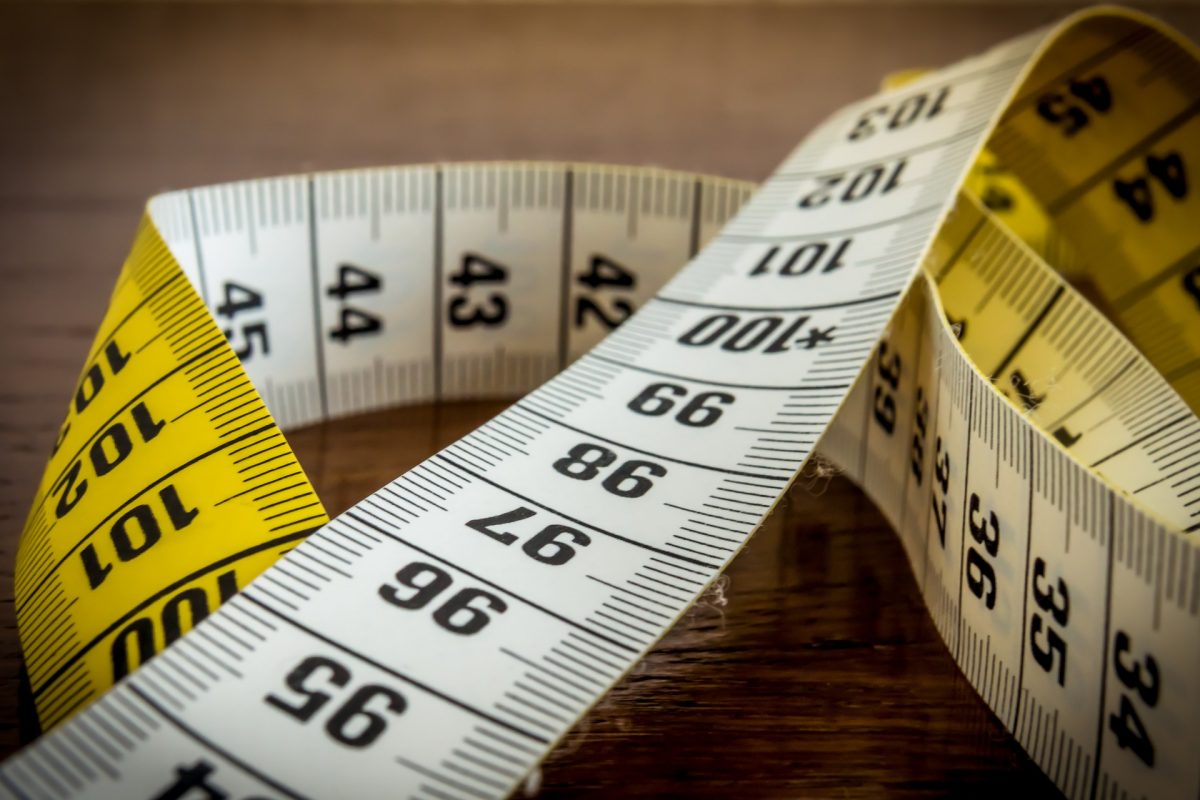Companies invest considerable time and money into PR campaigns. While PR measurement may be a chore to some, without it you won’t learn anything, and won’t be able to improve future PR efforts. Measurement is an integral part of communications, and something that pays dividends in the long run. However, so many companies are neglecting it, with 50-60% of PR campaigns having no method of evaluation at all. Here’s how to measure PR effectively:
How to measure PR effectively: Goal-setting
Ultimately, the return on your investment depends on the desired goals of a campaign, so goal-setting is fundamental. These targets should be as quantitative as possible and address who, what, when and how much the program is intended to affect. This could mean an increase in client acquisition in your sector, or higher numbers of candidate registration. Goals should all be agreed on upfront, along with the metrics for measuring them.
Business results
One important way to evaluate PR effectively is to track how activities are affecting business KPIs. For example, monitoring your company’s website traffic during a campaign to ascertain whether there has been an increase of visitors or not. A well-executed PR campaign will usually directly contribute to sales leads, so to find out whether your PR is working, it’s important to track where each and every lead comes from. For example, you could survey new customers to find out how they heard about the company.
Quality as well as quantity
When measuring coverage, quality matters. Is your coverage in a publication that potential clients and candidates read and engage with? Is your company being portrayed in a positive light? What is their share of voice (SOV) throughout the piece? Is it a reputable publication? All these things effect the overall quality of the coverage. Simply accumulating a large amount of irrelevant coverage is not effective and this should be reflected in your measurements.
AVE is not the be all and end all
Advertising Value Equivalent (AVE) is a commonly used metric to measure PR effectively, and can be useful as a catch-all method for doing so. AVE is the estimated cost of buying the space taken up by a particular article, had the article been an advertisement. While it can often make PRs look like they are providing huge amounts of value, it isn’t always ideal for capturing the true worth of a campaign. Consumers don’t view a news article and advertisements with the same weight, and there many other considerations to take into hand. While AVE figures provide an easy way to show how much value you are creating, it takes no account of tone of coverage, and cannot reliably quantify the value of social media at all.
Measuring social media
Social media measurement is an absolute necessity. But much like measuring traditional media sources, quality is more important that quantity. While measuring metrics such as likes, followers, and engagement can be simple and effective, don’t rely on these ‘vanity metrics’. Make sure you are analysing the relevancy and quality of these likes and follows to your overall goals. For instance, are these coming from potential clients, or important individuals from target sectors? Are potential candidates engaging with your content? If anything, large amounts of engagement from irrelevant sources should reflect negatively on any measurements. When it comes to social channels, organisations will need clearly defined goals and outcomes for social media. This should be supplemented by web and search analytics, sales and CRM data, survey data and other methods.
No ‘holy grail’
Ultimately, there really is no ‘holy grail’ when it comes to PR measurement. The best way to do it is to have a detailed, well-thought out action plan, and use the best tools available to you to constantly evaluate whether your PR efforts are aligning with those goals. A good PR campaign will very clearly meet these goals, and often exceed them. This is what you should be looking for from your PR measurement.
Are you looking to maximise your ROI from PR? Get in touch today

